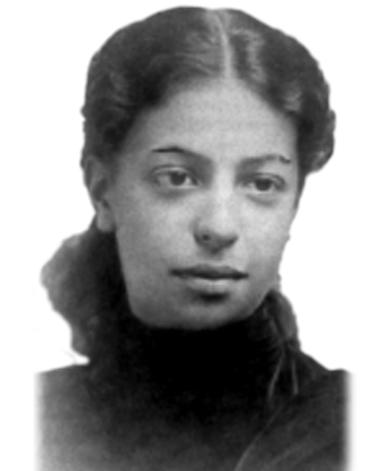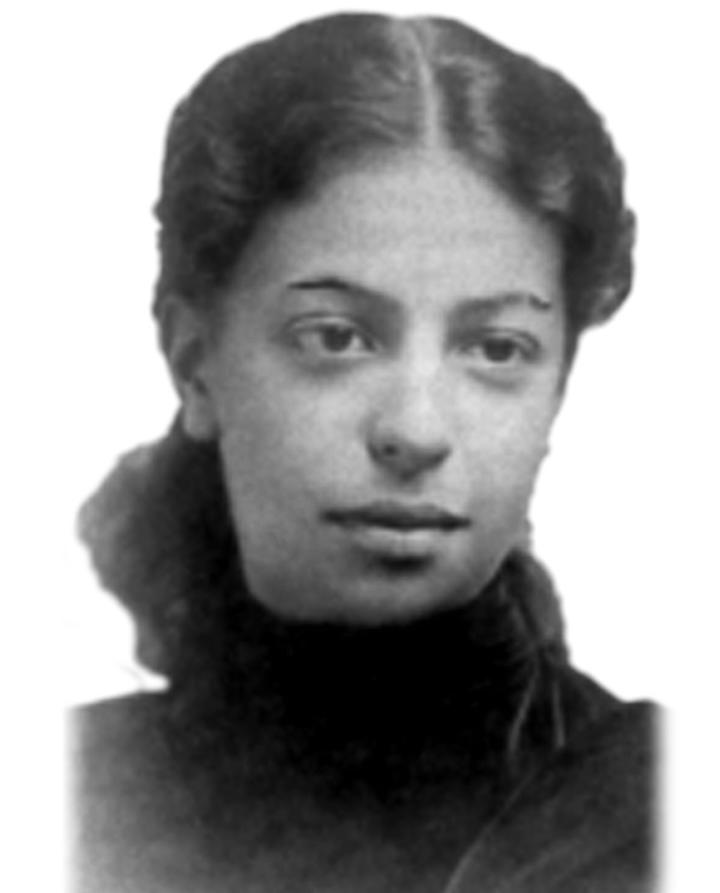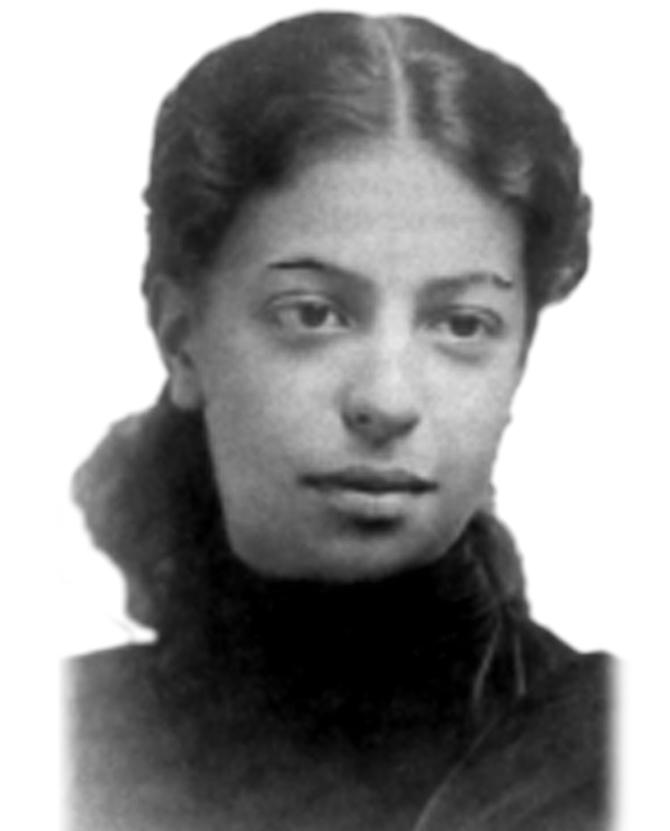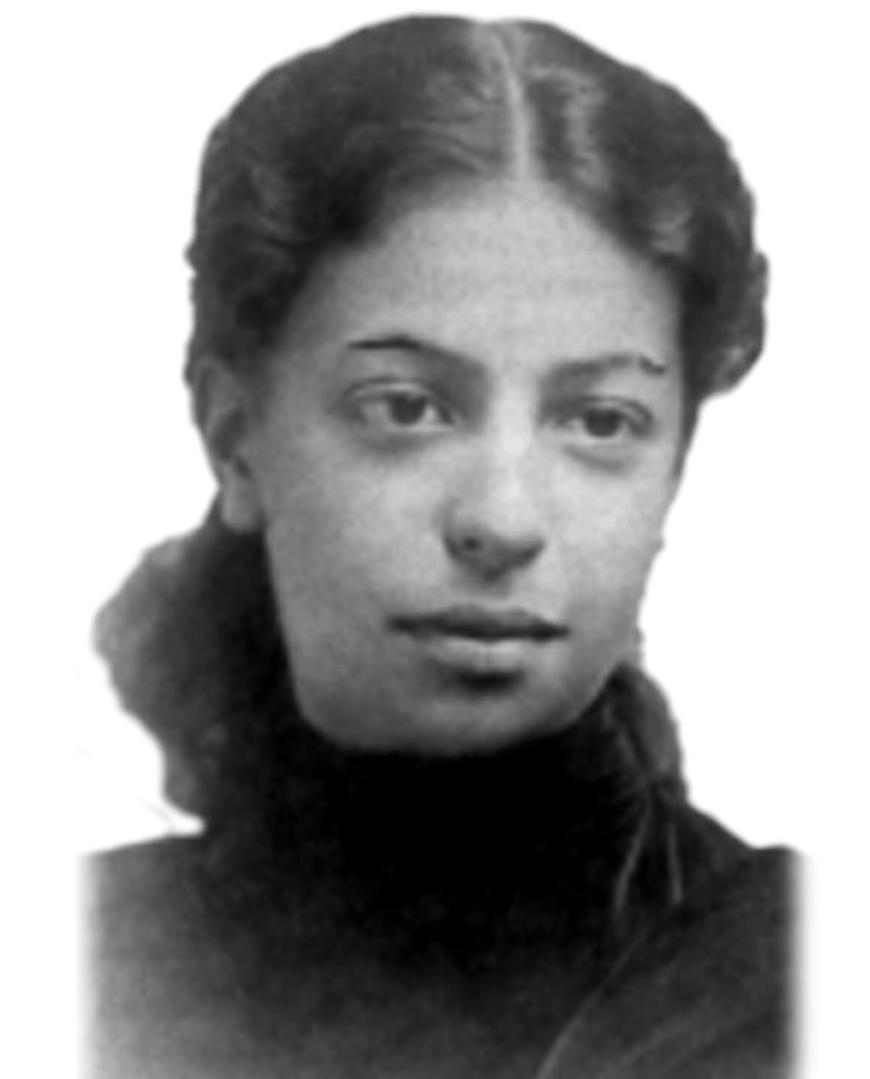



The poem When the Green Lies over the Earth by Angelina Weld Grimke is an example of intimate lyric with landscape including. The narrator sees the spring coming and everything around is green, new and fresh again, so the desire of love re-births along with nature, making the narrator long to see her beloved. The poem seems cheerful and full of regrets at the same time because the narrator feels the beauty of everything arising and blooming in nature, and it touches her deeply but the beauty of nature reminds the beauty of the beloved person which is no longer here.
Firstly, the narrator has a visual expression from spring, how “the green lies over the earth”; then by smelling “growing things” in the wind; and then she hears a bird singing to its beloved and probably, that’s an allusion on the narrator himself – a poet who also has someone to whom she may sing a love-song (Grimke).
Grimke uses typical spring colors like green and earth color, bringing common spring associations: growing things, fresh wind’s blowing and birds singing “restless” – as a typical descriptive word for the youth. There’re also some very new metaphors that names spring “a mantle of witching grace” and “a child year” (Grimke).
The narrator talks very straight about her desire to complete the beautiful sensation of the spring with the face of her beloved. As the repeat for the poem Grimke uses the phrase:
Oh! my dear, when the youth's in the year,
Yours is the face that I long to have near,
Yours is the face, my dear. (Grimke)
Inside the repeating phrase, there’s also an anaphora “yours is the face” presented to stress the narrator’s desire to see her beloved. Along with the address “my dear” it sounds as a call, an invitation, and the exclamation at the beginning of the repeat attract reader’s attention to this part of the poem like to the most important one. The repeat of this call gives an understanding that it hardly can be heard.
A second part of the poem is more intimate, so the reader can’t know for sure the true meaning of allusions and similes. But the pallet of images stays the same and comes from contact with nature. It seems, that coming spring at the same time like swallows the image of the beloved (“the green is hiding your curls, my dear”) and worships her image with the blooming because “the gold-hearted daisies this many a year have bloomed and bloomed” at feet of the beloved (Grimke).
“Most of the poems speak of love, death, and grief through narrative persona”, - Carolivia Herron says about Grimke’s poetry (Herron). I think this one is also full of grief because images from the second part are so sad. Little birds keep “their voices hushed…” (Grimke). Bringing the image of “the blossoms fall, on the garden wall, and drift like snow” Grimke makes a reader think about the winter and perspective of withering presented in every act of birth and re-birth (Grimke). These three symbols – the fall, the wall, and the snow, - give a strong sensation of the breath of death, nevertheless, the poem’s picturing spring generally. Also, altogether these words are an example of alliteration, which Grimke uses wildly in the poem.
Another strong and sad image comes from the narrator talking about his vanishing sensibility.
But the sharp thorn grows
On the budding rose,
And my heart no more leaps at the sunset glow. (Grimke)
It seems like an increasing feeling of something is becoming sensually forbidden for the narrator, something’s dying inside him. I think this is a union of sensations – happiness from one side, and sadness from the other which causes a dramatic intenseness effect. It’s conveyed in the poem as through details also through subjects’ comparison: nature is blooming, so must be the narrator’s love, but that’s somehow impossible.
The structure of the poem looks a lot like a song. It has two parts and the repeat, and apart from the classical poem, the foot here isn’t constant. Anapest (four feet) is quite recognizable on words:
When the smile and the tear of the young child year (Grimke).
But during the poem, it varies. Another thing’s with the rhyme. Grimke mostly uses alternate rhyme and also widely uses assonance and consonance.
And chirrups and trills and sings (Grimke).
It not only helps to convey and remind a reader how does the singing bird sounds but also helps to keep the poem’s rhythm while the foot isn’t stable.
Angelina Weld Grimke was an African-American poet from the beginning of 20th century and was part of the Harlem Renaissance, also a lesbian, and during the career in her works all these topics were discussed (Herron). But in this particular poem, I can’t see the special problematic which only can be understood through the author’s biography and needs a previous understanding of historical background. Rather in this poem, Grimke conveys a very common, well-known to everyone feeling of love lost and how it especially hurts in spring.